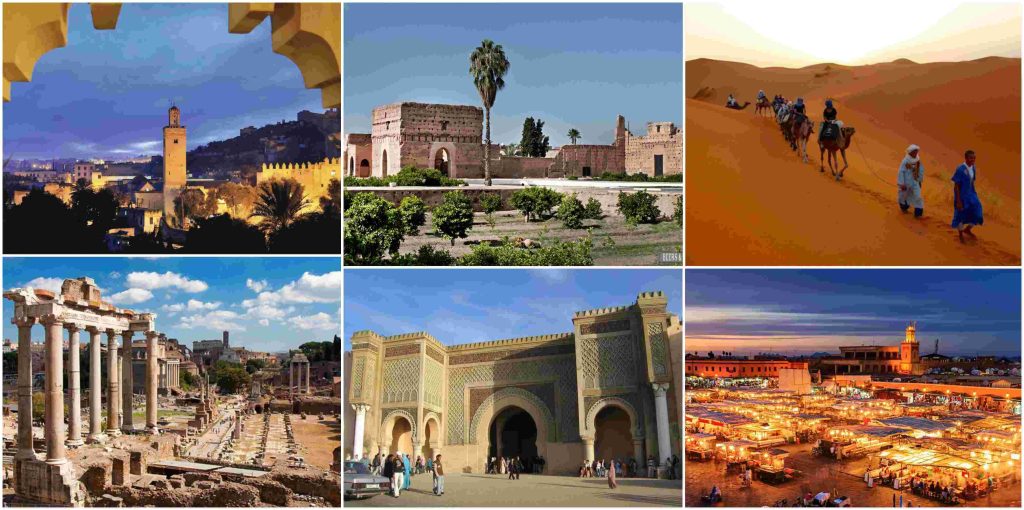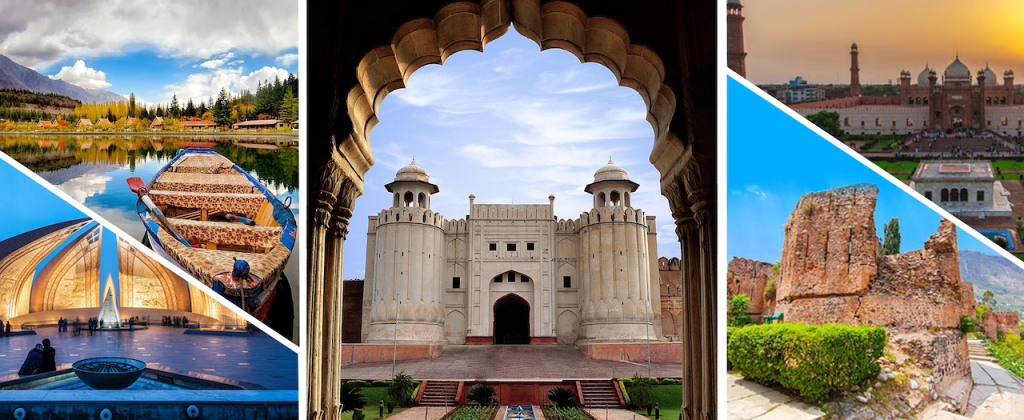A increasing number of tourists are turning to historical tourism and heritage sites in an era driven by technology and fast modernization in search of stronger ties to the past. In addition to satisfying history buffs’ interest, this sector of the tourism business is essential to the global preservation and promotion of cultural heritage. Heritage and historical tourism offers a distinctive and engaging approach to experience the rich tapestry of human history, from ancient ruins to historic battlefields.

Recognizing Historical Tourism and Heritage
Visits to historically significant locations are part of heritage and historical tourism, which aims to provide historical context. Historical tourism is more narrowly focused on visiting locations that are directly related to historical events or personalities, whereas heritage tourism stresses the preservation and interpretation of cultural heritage, including customs, landmarks, and relics. When combined, they provide visitors an enlightening and frequently moving experience by bridging the gap between the past and present.
The Allure of Historical Tourism and Heritage
The power of heritage and historical tourism to turn history from a dry, academic subject into a lively, interesting experience is what makes it so appealing. No other kind of education can compare to the sense of connection that seeing historical sites produces for many people. It can be uplifting and educational to stroll among the remnants of ancient civilizations, investigate mediaeval castles, or stand on the sites of momentous historical occurrences.
A broad variety of interests are piqued by this type of tourism. History buffs like the chance to learn more about their preferred eras or occasions. Families discover that it offers memorable and captivating educational experiences. Travelers with a curiosity for other cultures learn about the traditions, values, and way of life of many historical periods.
Impact on the Economy and Culture
There are numerous cultural and economic advantages to heritage and historical tourism. From an economic standpoint, they boost local economies by drawing tourists who spend money on lodging, dining, gifts, and other services. Significant income is frequently generated by historic sites and heritage attractions, which can then be used to fund the upkeep and preservation of these locations.
Culturally speaking, legacy tourism encourages the preservation of old buildings and customs. It helps preserve cultural objects and sustains regional crafts and customs that might otherwise be in danger of vanishing. Communities contribute to ensuring that their cultural legacy is preserved for future generations by appreciating and funding historical sites.
Furthermore, historical tourism and heritage development help communities feel proud of who they are. By enabling local communities to communicate their histories and tales to a worldwide audience, it fosters cross-cultural dialogue and understanding.
Read More: Taking Sacred Tours: Religious Tourism
Well-liked Locations for Historical and Cultural Tourism
A plethora of locations across the globe are outstanding instances of heritage and historical tourism, each drawing millions of tourists each year and providing a singular window into the past.
Italy’s Rome
Rome, sometimes referred to as the “Eternal City,” is rich in cultural and historical legacy. Rome’s epic history is narrated via the architecture of its ancient and medieval structures, which range from the Colosseum and Roman Forum to Vatican City and St. Peter’s Basilica. Discover more than 2,500 years of history by touring the city’s many museums, archaeological sites, and ancient neighborhoods.
Japan’s Kyoto
Japan’s former capital, Kyoto, is well known for its exquisite gardens, traditional wooden homes, and well-preserved temples. The city’s historical landmarks, including as the Fushimi Inari Shrine and Kinkaku-ji (Golden Pavilion), offer a glimpse into the rich religious and cultural past of Japan. Kyoto welcomes tourists from all over the world to its festivals, which honor its historical past and include Gion Matsuri.
Egypt’s Cairo
Cairo is an essential trip for anybody interested in learning about ancient Egyptian civilization, as it is home to the famous Sphinx and Pyramids of Giza. Numerous artifacts that depict the history of one of the oldest civilizations in the world are kept in the city’s museums, which include the Egyptian Museum. Cairo’s Islamic and Coptic landmarks provide an in-depth exploration of its rich historical legacy beyond the pyramids.
Greece’s Athens
The birthplace of Western civilization, Athens, is a historical city. The Parthenon temple in the Acropolis is a reminder of the political, philosophical, and architectural prowess of the ancient Greeks. For those who enjoy history, the city is a must-visit because of its numerous museums and historic areas, which highlight its rich heritage.

Obstacles and Prospects for the Future
Heritage and historical tourism have numerous advantages, but they can have drawbacks. Historical places may suffer from overtourism, endangering their ability to be preserved. It can be difficult to strike a balance between the increasing number of visitors and the need to preserve and maintain these locations.
Another problem is making sure heritage tourism is inclusive and respectful of all cultures. This entails giving a fair and impartial account of history that takes into account many viewpoints and experiences, especially those of marginalized groups.
Sustainable and ethical methods are essential for the future of historical tourism and cultural assets. This entails putting policies in place to control the amount of visitors, making preservation investments, and encouraging community participation in tourism planning. New methods to interact with history and legacy without causing physical damage to historical monuments are made possible by technological advancements like virtual reality and augmented reality.
In summary
Beyond simply providing an opportunity to view historic structures and relics, heritage and historical tourism offer a means of comprehending our shared history and gaining an appreciation for the various civilizations that have influenced our globe. It is vital to approach this type of tourism with a dedication to preservation, education, and respect for the customs and stories that have been handed down through the years as interest in it grows. By doing this, we make sure that these gems endure for upcoming generations to discover and treasure in addition to improving our own lives.








